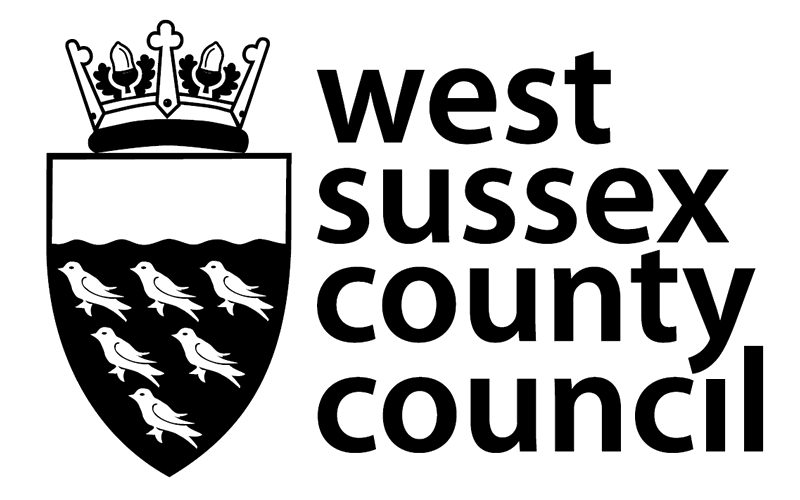The Department for Education is inviting applications from proposer groups to open a new special educational needs and disabilities (SEND) free school in West Sussex.
Applicant groups can access the key school specification information, along with the full ‘How to Apply’ guidance, on GOV.UK. You should read these documents carefully before completing mandatory pre-registration.
The school specification document below sets out the key factual details about the proposed school, including the proposed size, SEND designation, age range, suggested top-up funding and proposed site.
This document provides applicant groups with additional contextual information provided by the County Council, including:
- the rationale, context and need for the school
- details on the commissioning of places, including the involvement of any other local authorities (LA) commissioning places
- a brief description of the existing provision in the area
- expected future growth in pupil numbers
- how the LA expects places within the school to be filled.
Rationale, context and need for the school
The SEND strategy was co-produced with local parents and the community to create an educational system that responds to the needs of children in their circumstances, learning needs and abilities to prepare them for adulthood.
The number of Education Health and Care Plans (EHCP) in West Sussex is expected to increase 34.8% by 2025. Currently, 3473 of 16–17 year-old pupils display some form of SEND. With only 1640 special school places, over half of these pupils are not able to access the appropriate school places.
West Sussex has 1320 (7.66%) young people classified as not in education, employment or training (NEET) in 2021 which is 49.49% higher than the national average. The current specialist provision has significant wait lists attached to them.
The 12 government-funded special schools are experiencing high demand for places and struggle to provide the appropriate expertise for complex needs such as those presented by children with social, emotional and mental health (SEMH) issues, especially when tied with Autism Spectrum Condition (ASC), and where there is no identified difficulty in terms of cognition and learning.
Pupils with SEND and specifically SEMH face higher permanent exclusion rates than the national average. This suggests the LAs are struggling to allocate pupils to the right setting and have the appropriate support which is evident in the amount of exclusion rates in West Sussex.
A new special school is necessary to account for the needs of specific needs of SEND pupils and alleviate pressure from current providers.
West Sussex has been facing high-needs cost pressures. The geography of the council with its large spread, along with the lack of appropriate special provision in county leads to high needs cost pressure. Based on the recovery plan figures, the projected deficit on the Dedicated School Grant as of the end of 2022/2023 is £39.9m.
West Sussex can expect cost savings to arise from the new proposed school, in the immediate, short, and long term. This will help to mitigate the projected deficit worsening. The reduction in travel cost and independent placements for pupils will allow the high-needs budget to be redistributed and spent in the other areas.
The new school is proposed as an all-through, 4-to-18 provision.
The SEMH specialism for this provision is expected to benefit pupils and families who have either been or are at risk of exclusion, throughout the West Sussex education sector.
Provision, expected pupil number growth and how places will be filled
There are currently 14 special schools (either maintained or academies) within West Sussex.
- As of 2022, 1921 pupils are attending these special schools.
- By 2025, we expect the number of pupils attending these schools to be around 2112.
- The cost is expected to increase from £40,037,500 in 2022 to £44,018,324.
There are currently 24 independent/non-maintained special schools within West Sussex.
- As of 2022, 488 pupils attend these special schools with the number expect to increase to 656 by 2025.
- The cost is also expected to increase from £34,344,900 in 2022, to £46,168,554.
- As of 2022, 61% of pupils with SEMH needs are educated outside of the LA.
- Only 8% of pupils with ASC needs are educated out of county, 51% of those pupils are educated at fee-paying schools.
Of state providers, there are 14 used in West Sussex and 28 out of county providers.
Long waitlists
Due to a lack of sufficient places in our county, our current specialist provisions have significant waitlists attached to them with 238 children on the list. The expected increase in EHCPs will only make this more challenging.
Permanent exclusions
West Sussex faces a high number of pupils experiencing permanent exclusions, further provision is needed for pupils with SEND and specifically SEMH to stay within education. Permanent exclusion rates among children with EHCPs and SEND is significantly higher than national average.
The data over the last five years shows students in West Sussex with EHCP are 2.6 times more likely to be excluded than students with no SEND needs which is higher than national rates.

